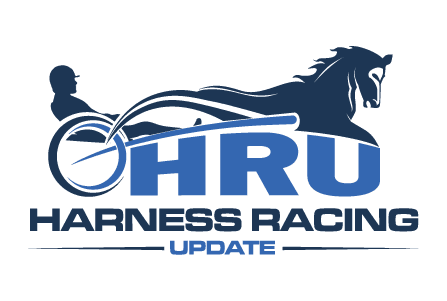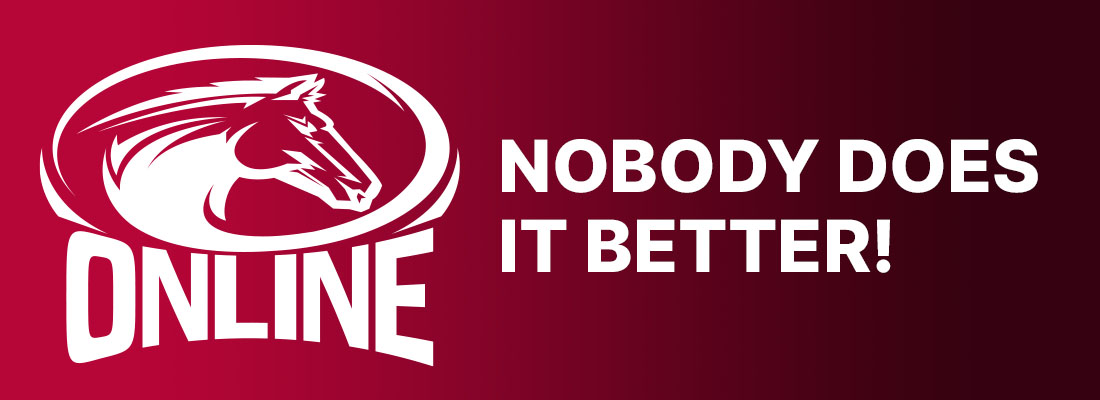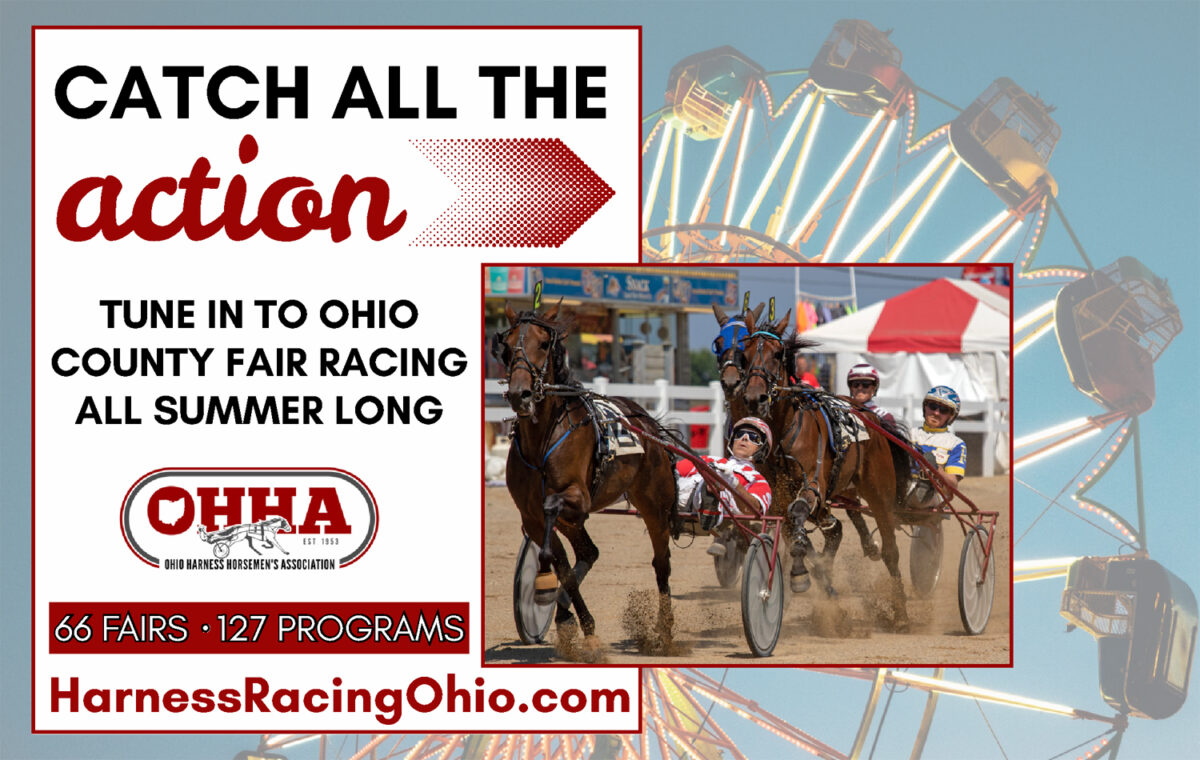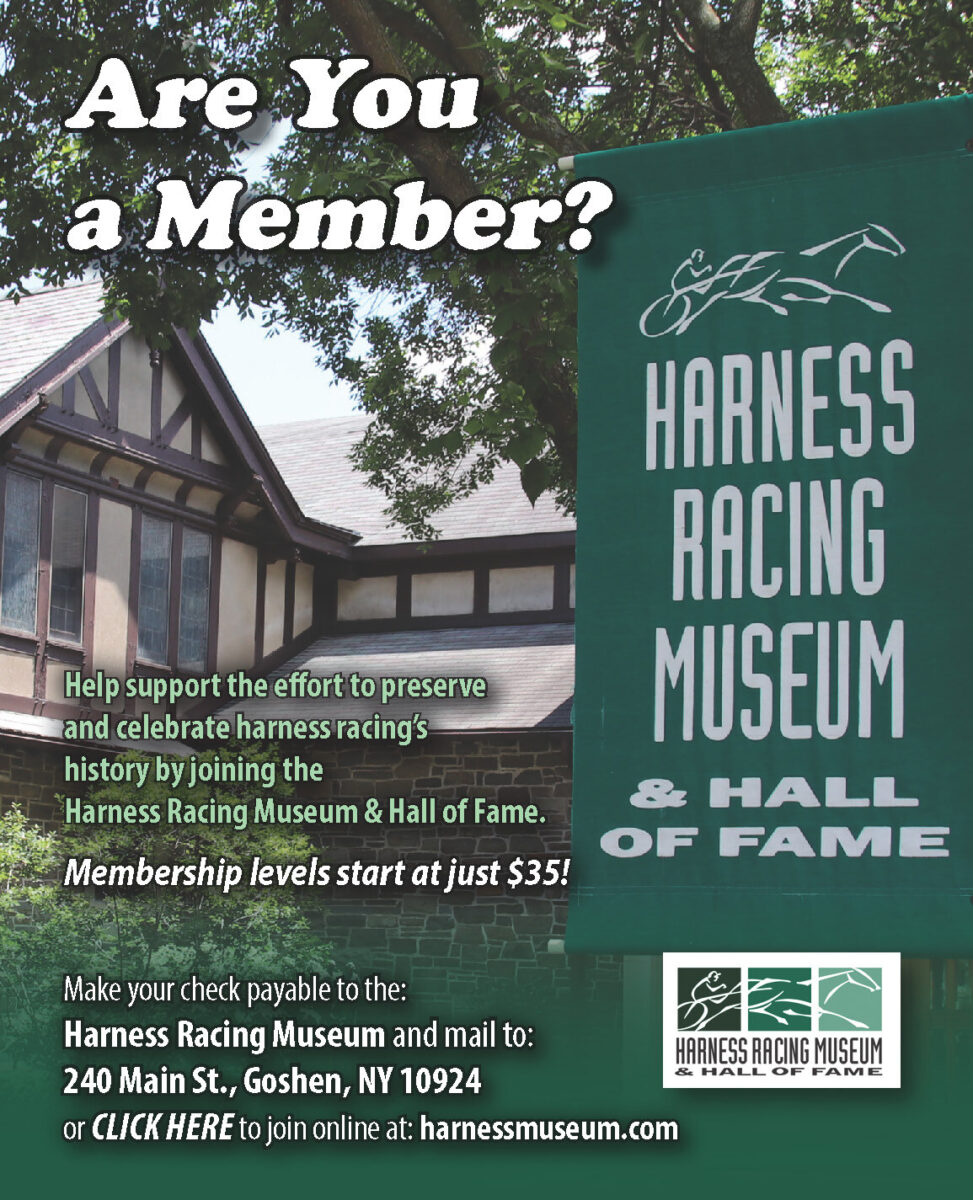The three Alans, Part 1
by Frank Cotolo
An unexpected and fortunate happenstance became a leitmotif in my life as a journalist in the standardbred racing industry. The coincidence was professional and spiritual and it concerned a trio of men whose given names were Alan.
Two of the Alans (Alan Horowitz and Alan Kirschenbaum) were seriously involved in 1970s’ ebbing California harness racing scene and became high-profile figures supporting its validity and very existence. It was those credentials drawing the duo into the sport’s news. They were essential voices for journalists to interview.
Though my connection to California harness dated back to the 1970s while I was a freelance comedy writer living a nomadic lifestyle peppered with wins and losses at two of the local harness racing meets — see Among Ourselves articles in the Harness Racing Update archives — it took a decade to establish a relationship with Horowitz and Kirschenbaum.
By the late ‘80s I was an editor at the industry-news-and-commentary magazine TIMES: in harness. I emphasized coverage of all standardbred business on the west coast from my office in Pennsylvania. It was not merely my past connection to it that compelled me. Publisher Dave Dolezal and co-editor Ron Reed agreed the business of racing and breeding on the Pacific side of America needed inside-the-industry support.
I was told by sources the foremost person to befriend on the left coast was Horowitz. It turned out to be an understatement. From our first phone conversation through my tenure at TIMES: Horowitz and I maintained a relationship on- and off-the-record resulting in countless media coverage. It turned out that my exposure to the California circuit at Western Harness Racing via Hollywood Park and Los Alamitos made for smooth conversations on horses and horsemen and the politics of pari-mutuel activity.
We shared allegiance to California harness since I was well versed on information and history concerning the circuit and that made it easy for Horowitz to trust me. What began was a regular spot in the magazine that addressed the sport’s problems and applauded the underrated talent among horsemen.
TIMES: gave Horowitz a larger role to contribute news and entertainment issues untouched by the other industry publications. He offered scoops on the workings of the California Harness Horsemen’s Association and its legislative challenges and I published lots of focused material on underrated horsemen like Robert Sleeth and Joe Anderson and editorials about the myths labeling harness racing out west as a home for wayward drivers and trainers.
Horowitz always picked up his office phone when I called and returned a call when he was not available. When we connected, he engaged in whatever topic I brought up. Sometimes we talked when I called and said, “How are you doing this week, my friend?”
When I worked in the minefields of Hollywood, I may have rubbed shoulders with Kirschenbaum without knowing it. Writers and producers of TV comedies were often found strolling the halls of production soundstages. It was not uncommon to bump into someone you recognize. But I had no idea what Kirschenbaum looked like. Nor was I aware he was a TV writer and producer.
I found out what Kirschenbaum looked like when I saw his 1987 ESPN Breeders Crown live broadcast of an interview with Bill O’Donnell.
It turned out Kirschenbaum and I shared the odd combination of professions: harness racing and a writing career. And we were products of New York City. Kirschenbaum thrived in Hollywood projects while becoming active as a breeder. He bred and raced Little Steven (p, 1:49.4) on the pacific circuit. The pacer went on to be the sire of $5.2 million from 88 performers.
When I was an editor at TIMES: in Pennsylvania I received a letter to the editor from Kirschenbaum. It protested a piece I wrote about my enthusiastic experiences wagering on driver/trainer Brian Pelling at Western Harness at Hollywood Park. We published his counter-opinion piece.
I did not hear from him again until a few years later about the publishing of my book Molotov Memoirs. Kirschenbaum’s review was complementary. “Laugh-out-loud funny,” he wrote. After TIMES: tanked there were talks with Kirschenbaum and me and former Meadows’ executive Tom Chaffee about creating a harness racing TV show.
Kirschenbaum died of a suicide in 2012 and five years later Horowitz died of natural causes. The Alan completing my trifecta was dead decades before the other two but his philosophy was essential in the success of my wagering career.
Alan Watts is the subject in Part 2.

















